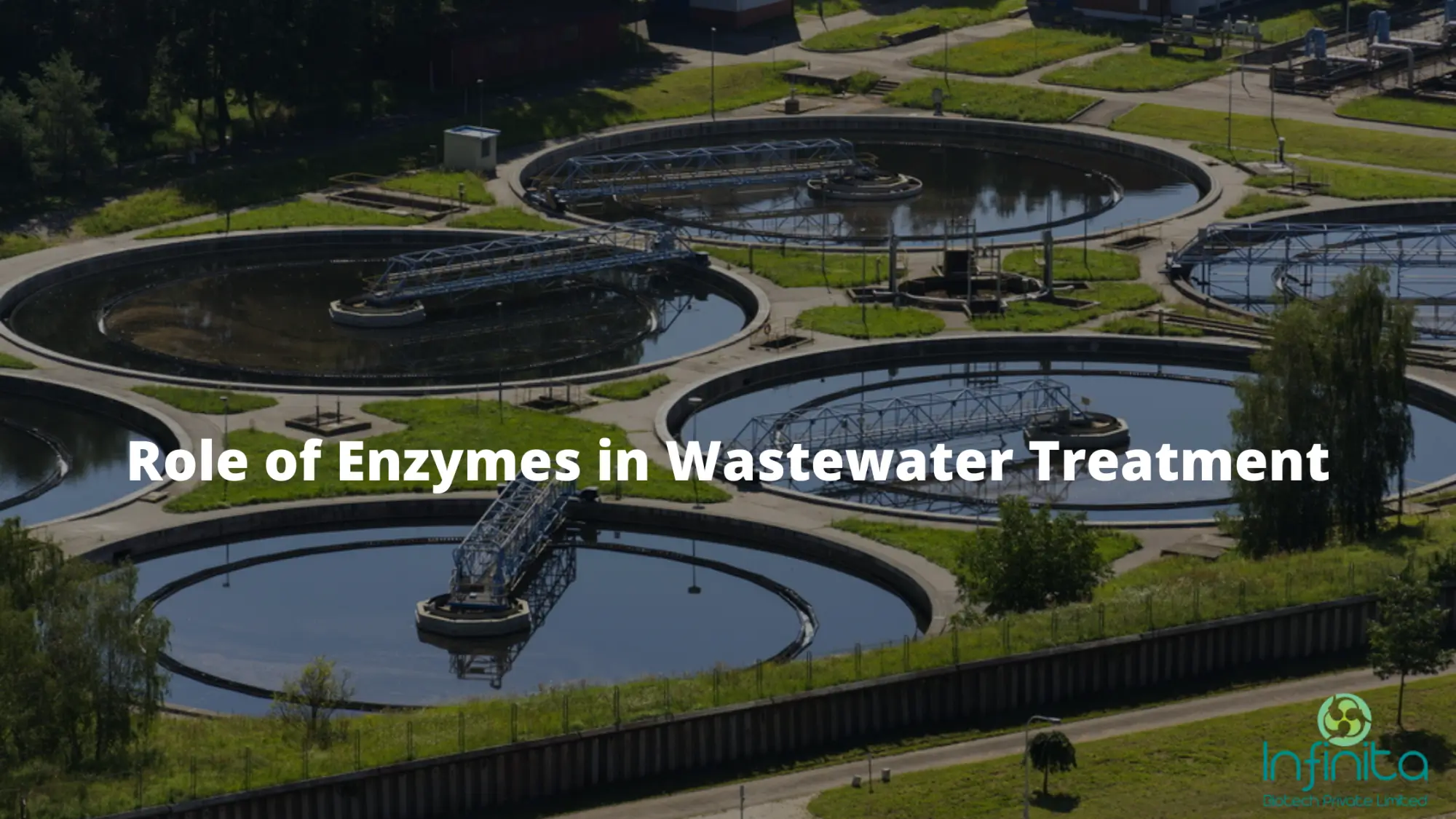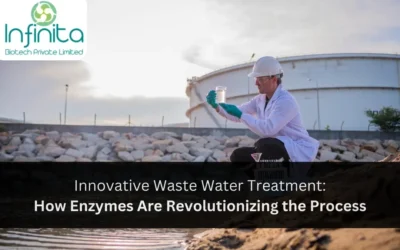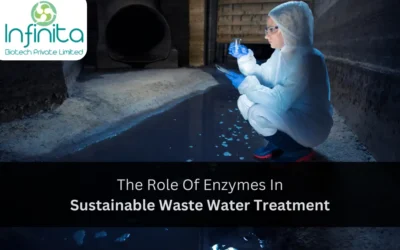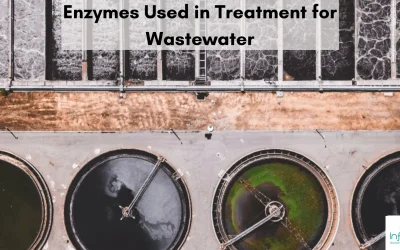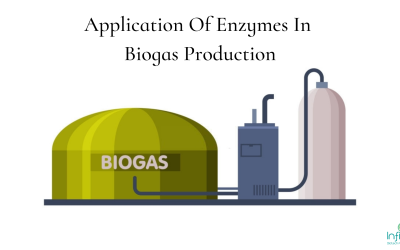Water is a necessity for all living beings. Without water, we cannot survive. A challenge post rapid industrialization is the contamination of water. Pollutants from industrial activities contaminate the water supply and threaten local and worldwide ecology and the environment. Commonly known pollutants include industrial dyes, polycyclic aromatic hydrocarbons, chlorinated organic compounds, and dioxins. Other than industries, agricultural and daily household chores too contribute to contaminating the water supply and generating wastewater. The dumping of pesticides and sewage waste into water sources is a major concern for the environment. Thankfully, many of these pollutants and compounds are substrates for certain types of enzymes produced by selected microbes. Through exposure to these enzymes, the harmful compounds are broken down into smaller benign forms that no longer pose a threat to the environment.
Untreated Wastewater: Implications and Harmful Effects
Wastewater refers to a water supply that is contaminated. Untreated ‘wastewater’ contain chemical and decomposed organic waste which generates malefic odour-producing gases as well as toxic compounds that are damaging to the environment. The use of enzymes and selected non-pathogenic microbes in wastewater helps in treating and cleaning it and for reuse.
Enzymes in Wastewater Treatment
Enzymes for wastewater treat the toxic water by breaking down and transforming harmful contaminants into benign, easily collected, easily cleaned biodegradable parts. The treatment eliminates or reduces water toxicity and making the water supply fit to reuse. Enzymes for wastewater treatment can be introduced directly to the water source, or even mixed with microbes and then added to the water source. Enzymes can also be deployed by introducing whole plants or their tissues that contain large amounts of enzymes in natural form.Active enzymes are sourced and produced from several groups of bacteria and fungi. Specific enzymes are needed to catalyze specific pollutants and in specific concentrations.
- Inorganic pollutants like phenols, bi-phenols, methylated phenols, chlorophenols, benzidines, anilines, and other heterocyclic aromatic compounds are treated by – Oxidoreductases, peroxidases, and oxygenases while;
- Protease, amylase, lipase, cellulase, urease, and xylanases work specifically on organic pollutants. They break down the organic pollutants into easily manageable parts. These are also known as septic tank enzymes used generally for treating sewage wastewater.
Benefits of Using Enzymes in Wastewater Treatment
Using enzymes in wastewater treatment has a variety of benefits that range from environmental to financial.
- Cleaner environment and sustainable industry practices
- Replacement of costly chemicals with enzymes that are viable economically.
- Using enzymes does not require specialized machinery,
- The enzymes used do not undergo any transformation themselves, hence are active in the presence of a substrate
- Water is a valuable commodity. Using enzymes cleans water sources and increases the reuse of treated water.
Enzymes Used in Wastewater Treatment
Let us look into the role of certain enzymes in wastewater treatment and their workings.
1. Oxygenases
Oxygenases are used to treat water sources that are contaminated by fossil fuels like petroleum and diesel. Fossil fuels are hydrophobic. Oxygenases work by introducing molecular or atomic oxygen into these pollutants which turn them into water-soluble compounds which are oxidized and treated.
2. Peroxidases
Peroxidases are used to treat water sources polluted by chemical compounds like phenols, dyes, aromatic compounds, and organic peroxides specifically hydrogen peroxide. Peroxidases transfer electrons to these compounds which results in their breaking into smaller harmless compounds.
3. Polyphenol oxidases
Polyphenol oxidases are enzymes in wastewater treatment used for removing phenolic pollutants from wastewater. They break the phenolic pollutants repeatedly until they form insoluble molecular pigments which can easily be extracted and disposed of. Polyphenol oxidases are widely present on earth and used commercially in the food and beverage industry too. These enzymes can further be divided into 2 main categories of Tyrosinase and Laccase as per their oxidation of different phenolic compounds.
-
Tyrosinases
Tyrosinases are type-3 cuprodinucleate metalloproteins that convert phenolic pollutants to insoluble agglomerates. Insoluble agglomerates are less toxic and easily be separated.
-
Laccases
Laccase enzymes are used to treat wastewater generated through the textile industry. This wastewater contains several effluents including phenols and dyes. Laccases oxidize and polymerize these effluents and treat wastewater thus generated.
Conclusion
There is continuous research going on in the use of enzymes in wastewater treatment. This has led to the development of specialized enzymatic solutions for wastewater treatment. These include wastewater treatment in several industries like textiles, food & beverages, solid waste treatment, sugar industry among others. These solutions are cost-effective, sustainable, and better suited to the industry.
